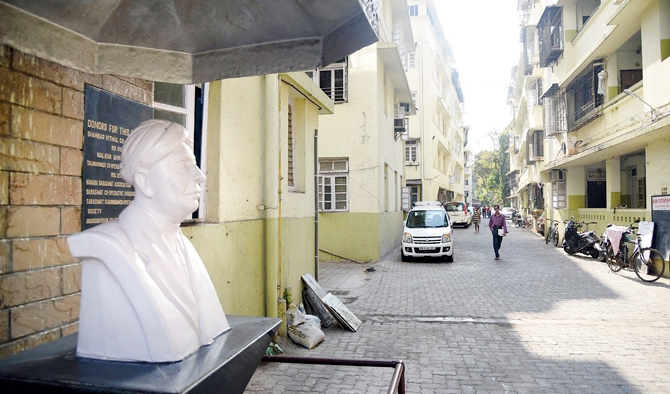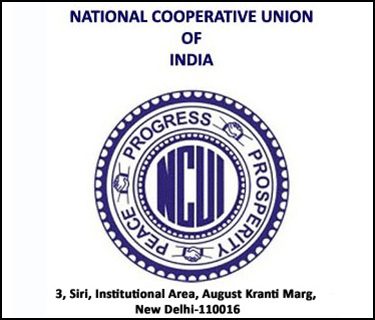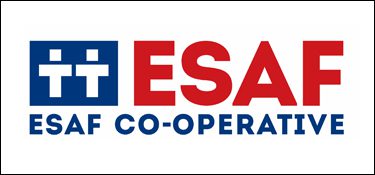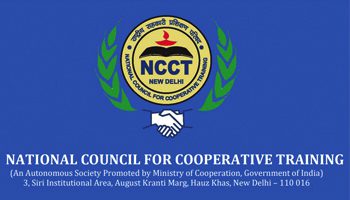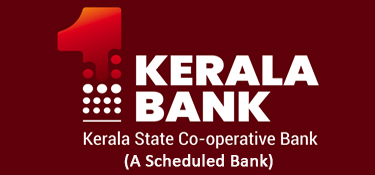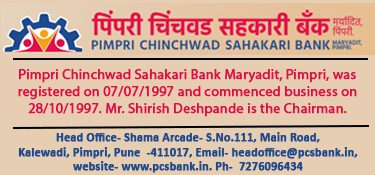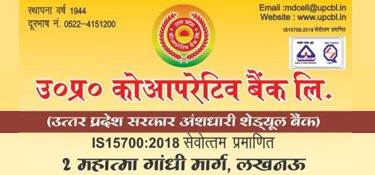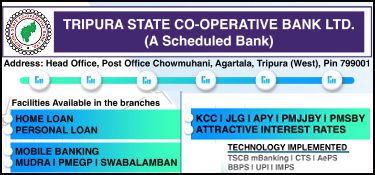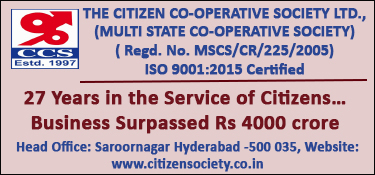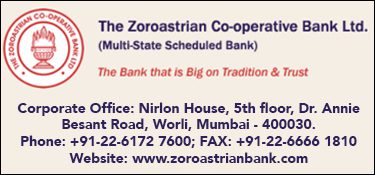By Parak K Nagarkatti
In England the poor weavers of Rochdale are hailed as the Pioneers of Consumers’ Co-operation. In Germany Raiffeisen has been the pioneer of Co-operation among the farmers and Schulze Delitzch the pioneer of Co-operation among the urban artisans, workers and small shop-keepers. In Ireland Sir Horace Plunkett pioneered agricultural co-operation.
In India, the pioneers of Triplicane in Madras are famous for the founding of the T.U.C.S. which grew into a mighty organization.
In Bombay, Talmaki was the pioneer in the field of Co-operative Urban Credit, Housing and Education. Talmaki, born of a lower middleclass family, had gone through extreme financial difficulties in his younger days especially in prosecuting his studies.
In Bombay City he had seen the plight of the lower middle classes in struggling to balance their low incomes and the high costs of urban living. If at all they succeeded in maintaining a balanced domestic budget, the balance was so precarious that any slight abnormal event would upset it. To make up the current deficit they rarely had the savings of the past to fall back upon and there was no organized agency to help them out of such financial crisis.
Inevitably, they had to resort to borrowing from “Loan Sharks” who charged such unconscionably high rates that the cost of the loan turned out to be higher than the loan itself. Consequently, many unfortunate families found it almost impossible to extricate them-selves from indebtedness.
Talmaki had developed in himself the invaluable qualities of self-discipline, frugality and thrift. He was anxious to educate his fellowmen into this discipline. He could not have achieved much through preaching as it would be considered “theory”.
He was looking out for an agency which could afford opportunities for practical education. The passing of the Co-operative Credit Societies Act of 1904 showed him the answer to his quest. He grasped the opportunity and set himself to the task of organizing a Co-operative credit society which could be a great educator in the practical problem of rational ordering of domestic budgets of his fellowmen.
The idea of Co-operation was foreign. Venture of banking business was equally foreign to the class of people who were mostly earning their livelihood as quill drivers. It was, therefore, no easy task to persuade people to join a co-operative business and risk whatever little they could save out of the hard earned income.
It is on record that he could not get even nine more persons to sign along with himself as promoters the application for the registration of the society. But he had succeeded in convincing at least two — Shri K. Anand Rao and Shri Hattiangady Sumitra Rao about his bonafides and about the need as well as the feasibility of organizing a co-operative credit society and it was through the influence of Shri K. Anandrao that he could secure the remaining signatories.
The society that was being organized had been primarily for the poorer sections and the evidence of the solicitude of the promoters for the poor is seen in the fact that while the value of a share was fixed at Rs. 25/- a provision was made that only Rs 2 need be paid per share initially, and the balance could be called for by the Committee in instalments of Rs. 2/- at intervals of not less than 4 months.
After registration of the society on 27th December 1906, within six months the management was able to attract 120 members and collect share capital amounting to Rs. 1,229/-. Apart from the facility for Fixed Deposits and Savings Bank Deposits, the scheme of Cumulative Deposits was designed specifically to train persons of limited income to save a fixed though small sum regularly over a period to provide for foreseeable occasions for expenditure like festivals or thread ceremony, marriage, etc. In case of unforeseen emergencies, if accumulated savings fell short, the society could provide loans on easy terms and save those in financial difficulties from the clutches of the rapacious moneylenders.
In the credit society so formed, Talmaki saw a perpetual source of support to help the poor students in prosecuting their studies. Instead of having to depend upon the generosity of individuals which would mostly be sporadic and uncertain, the co-operative members could be persuaded to set apart a portion of the annual surpluses for the education of the young.
The Rochdale Pioneers in England had incorporated in their objects “Education” as an important one and it included both general and co-operative education. Since then co-operators have accepted education as an integral part of co-operation. Thus, in 1912 the General Body of the Society was prevailed upon to sanction contribution of 5 per cent of the net profits to the Education Fund.
The Shamrao Vithal Co-operative Credit Society having been firmly established to take care of financial problems, Talmaki turned his attention to the next important problem of urban life — provision of wholesome consumer goods at reasonable prices.
The Co-operative Law, as it stood then, did not provide for registration of societies other than for credit. It was because of this that in Madras the Pioneers of Triplicane who wanted to set up a Consumers’ Store had been advised by the Registrar of Co-operative Societies, Madras, in 1904 to have a credit society registered and take up consumers’ store as a side activity. Co- operators in Bombay anxious to organize a consumers’ store had no other alternative. Consequently, the Shamrao Vithal Co-operative Credit Society set up a Stores Department in 1909. Unfortunately, this did not prove much of a success. It was wound up in 1912, just when the new Co-operative Societies Act had provided for the registration of non-credit co-operatives as well.
It is really surprising that the co-operators who had worked so successfully the credit co-operative had been unable to make headway in the consumers’ field. Like facilities for thrift and credit, and supply of consumer goods, housing constitutes one of the most difficult problems of urban life. The census of the Chitrapur Saraswat Community undertaken by the Kanara Saraswat Association when Talmaki was the President threw light on the condition of housing and the rents paid by the middle classes in Bombay. If co-operation could save people from the clutches of moneylenders and shop-keepers, it could as well help them to be independent of the landlords.
Talmaki studied the problem and how it was being tackled in the co-operatively advanced countries and prepared a paper on “Co-operative Housing”. This paper presented by him to the Bombay Provincial Co-operative Conference at Poona in 1913. led to the formation of the Bombay Co-operative Housing Association in March 1914 with Talmaki as its Secretary. In the meantime he presented a similar paper to the meeting of the members of the community at Hirabag Hall in January 1914 at which a Provisional Committee was formed which met every month, discussed the pros and cons of a scheme for a Co-operative Housing Society, prepared plans, enrolled members, collected funds and got the Saraswat Co-operative Housing Society registered in March 1915.
The construction work was started in May 1915 and three buildings completed by December 1915 providing decent accommodation at fair rents to 18 members who were at the same time tenants as well as the co-owners.
Having thus attended to the immediate crying needs of urban middle class living, he turned his attention to the equally important task of extending knowledge and understanding of co-operation far and wide. He had realized the difficulties faced by individuals in the organization of co-operatives which involved a patient and tireless educational effort. He saw how the establishment of the Bombay Co-operative Housing Association had provided a forum for dissemination of knowledge, discussion of problems and even promotion of new schemes of development. He saw the need for a similar agency extending to all the branches of the co-operative movement. So he prepared a paper on “The Social and Educational Activities of Co-operative Societies” and presented it to the Provincial Co-operative Conference in 1917. Like his paper on Co-operative Housing in 1913, this paper also proved to be the initiator of action. The Conference appointed a Committee with Talmaki as its Secretary to formulate a concrete scheme. This Committee prepared a prospectus for the setting up of the Bombay Central Co-operative Institute and the Institute was registered in July 1918. Since the inception, Talmaki worked as its Honorary Secretary for 14 long years. The Institute carried on the most difficult and yet necessary work of co-operative education and training.
Like the Institute in Bombay, similar institutions were established in other provinces also by the co-operators in the areas. At the Provincial Co-operative Conferences fraternal delegates from other provinces were being invited and it was seen that they often brought intimate experience from their areas which was useful in the deliberations of the Conference. Talmaki felt that it would be useful if co-operators from different parts of the country could be afforded systematic opportunity to meet periodically and to benefit from the mutual exchange of their varying experiences. So he prepared a paper on “All India Co-operative Conference” and presented it to the Bombay Provincial Co-operative Conference in 1925. This too led to positive action in the convening of the All India Co-operative Institutes’ Conference. As the initiator of new ideas and new schemes, he had found co-operative education and training to be of prime importance. He was participating in the conduct of training courses organized by the Bombay Central Co-operative Institute. While teaching principles, law and working techniques of co-operation he saw that the students were greatly handicapped in their studies due to absence of any book on co-operation which could provide material about all the aspects of the co-operative movement. This led him to write the book “Co-operation in India and Abroad” in which he placed the results of his extensive and intensive study of the co-operative movement. Sir Lallubhai Samaldas confidently stated in his Foreward to the book that it would prove a vade mecum for all co-operators in India and for all foreign students of Indian Co-operation. This book indeed proved to be the last and lasting contribution by Talmaki to the promotion of co-operative movement not only in Bombay but in the entire country.
Talmaki, the Pioneer was really an enlightened leader with qualities of real leadership. He made a careful and thorough study of every problem that confronted him, thought out his solutions, presented his solutions to the test of discussions, followed up by action of education and organization and finally trained up others to take on responsibilities. He would never take on himself more than what he could attend to effectively.
Though he founded the Shamrao Vithal Co-operative Urban Society, he invited the much respected elder Shri K Anandrao to head it as the Chairman; though he laboured hard to start the Saraswat Co-operative Housing Society, he never sought office in that society and reposed confidence in his co-workers like Shri G. P. Murdeshwar to manage it. When he took on the responsibility of the Bombay Central Co-operative Institute as its Secretary, he retired from the Chairmanship of the Shamrao Vithal Co-operative Credit Society. These indeed are the characteristics of democratic leadership.





